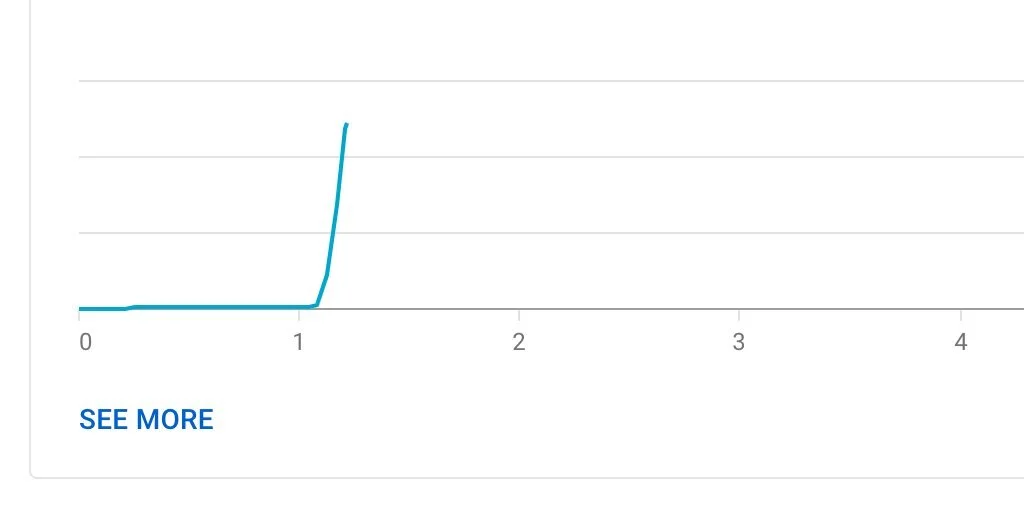Manipulating View Counts on YouTube
IPM has a long-standing interest in understanding the way that analytics are generated and provided to consumers of that information. Decisions small and large are predicated on analytics, and implicit in those decisions is faith that numbers provided to consumers reflect reality. Proving that analytics systems are vulnerable to automated manipulation undermines this faith, and must be addressed by platforms in order to maintain their usefulness. Here’s a three second video of two dogs:
If you were to click through to the YouTube page behind this embedded video, you’d notice that the video (as of the time of this writing) only has a small handful of views. This belies the fact that over the course of several days, IPM delivered 150,000 views to the video - and from the perspective of the account that uploaded the video, those views were shown on the creator’s analytics page.
At our peak, we were generating about 2,400 views per hour, and those views were reflected in the analytics page provided to YouTube creators. Later on, these views were discounted on the public-facing video, but for anyone creating content and watching the analytics delivered specifically to content creators, this fact was missed altogether. YouTube declares that it retains the right to decrement view counts anywhere on their system, but that fact is buried deep in a QA ticket far from view.
For $25 a day, we have determined that it’s possible to send a continuous stream of about ~2,400 fake views per hour against any video of our choosing. This can get scaled up massively depending on budget, and is only limited by the capacity of the system delivering the views - the cost per view appears to scale linearly. For people intently watching the analytics page, we can dial up and dial down traffic, creating charts that make it look like a video is going viral. In the worst case, individuals may make faulty decisions based on misplaced faith in these measurements.
Perhaps the most surprising event we observed was the placement of ads on our video - despite not being cut into any revenue sharing, or notified that ads were running on our video, we observed that about 1% of our views had ads run against them. YouTube maintains the right to run ads on any video, anywhere, as of last year. The implications of bad-faith, fraudulent views should be obvious - and need to be addressed if good-faith is to be maintained in these analytics systems.



